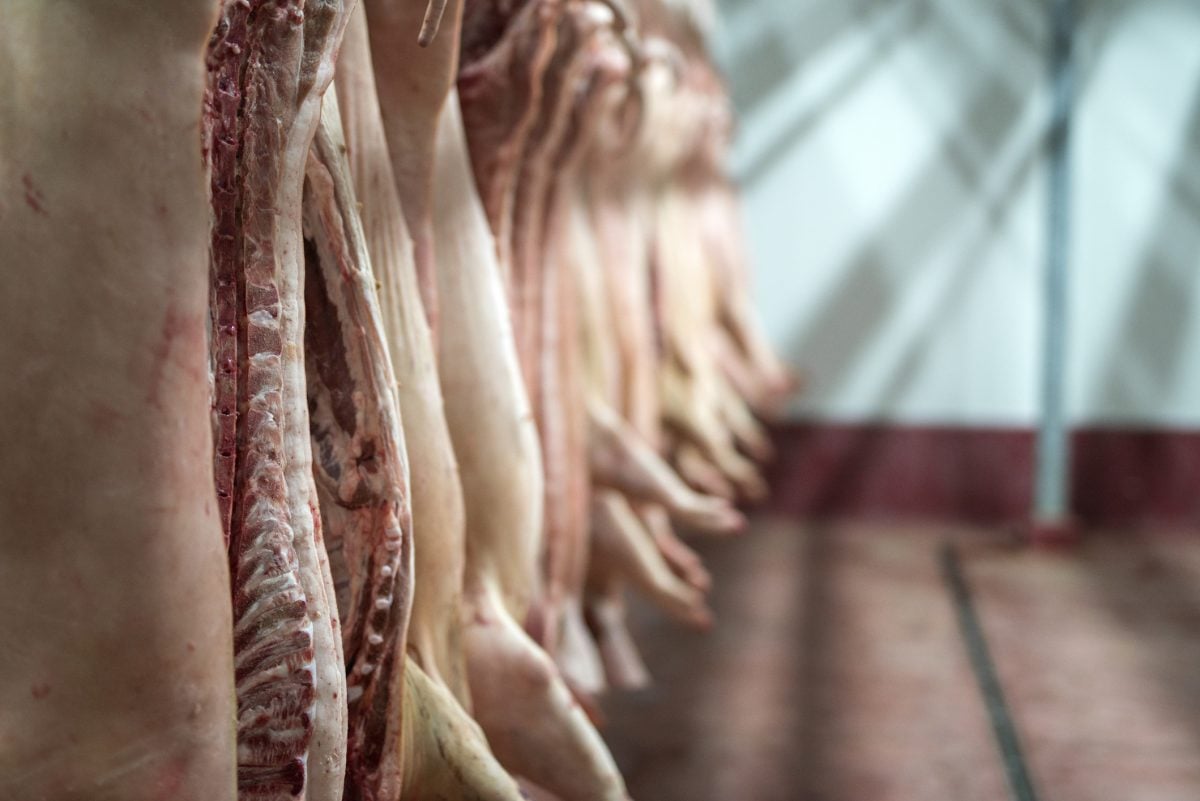SOUTHWEST
Precipitation ranged from five to 80 millimetres. As well, there were strong winds, hail and a tornado south of Hartney.
Sclerotinia and blackleg are beginning to appear in mostly lodged areas, while the majority of peas and lentils are showing disease.
First cut hay is complete, and some alfalfa has been ensiled to retain feed quality.
NORTHWEST
Precipitation amounts varied from 10 to 35 mm. There was some crop lodging because of wind and rain.
Most field crops are in relatively good condition, but yellowing and crop loss are occurring in some low-lying areas.
Read Also

U.S. livestock: Cattle slip back, hogs gain
Chicago cattle futures slipped back on Friday after Thursday’s pause. Hog futures crept upward. Most-active December live cattle futures closed…
CENTRAL
Rainfall ranged from 25 to 150 mm. A tornado, large hail, strong winds and a high humidex were also reported.
Strong winds caused damage to crops, buildings, grain bins and fence lines. Power outages were reported.
Some winter wheat was harvested, and preharvest applications continue to be made.
EAST
Precipitation varied from 10 to more than 50 mm with some lodging and hail damage to crops.
Few insecticide applications have been warranted, and concern over pea aphids has subsided because of advancing crop development.
Forty percent of second cut hay is baled or silaged with 10 percent cut.
INTERLAKE
Rainfall ranged from two to 40 mm, and high humidity has increased disease pressure and challenges for curing hay.
Fungicide applications on canola and wheat are nearing completion, but spraying on some late seeded crops is still in process.
Ensiling is a good alternative this year, while alfalfa weevil minimally affects a good second growth alfalfa.













